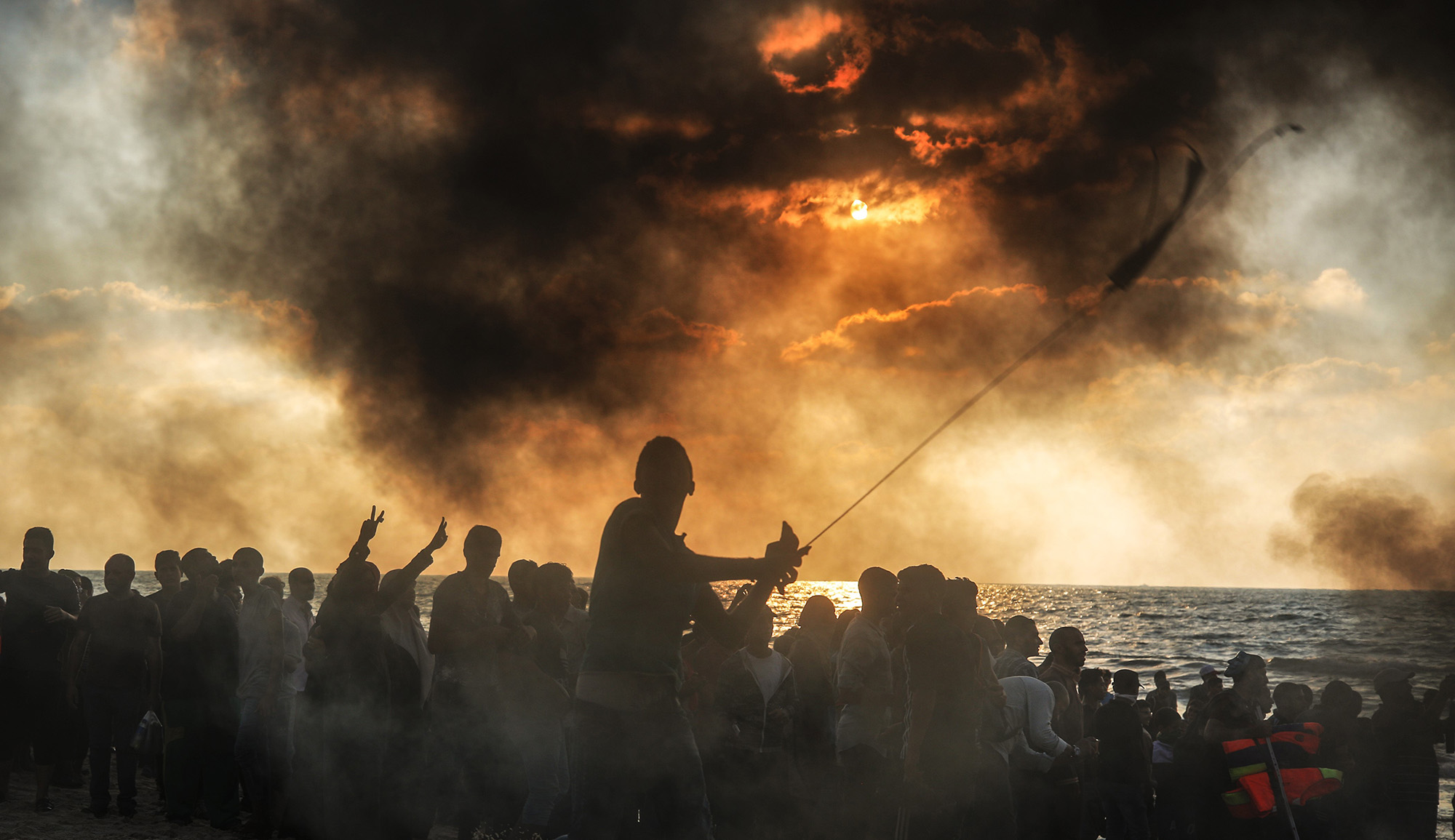The IDF announced on Thursday that it is safe for residents to return to some of the towns and villages near the Gaza Strip that have been abandoned since October 7. Yet on the same day, rocket sirens sounded in one of those communities, Kibbutz Mefalsim. To help ensure security in the area, Israel is considering the creation of a buffer zone within the Strip that would be closed to Palestinian civilians and buildings. The U.S. has indicated, however, that it would not look favorably on such a step.
Avraham Shalev explains why it’s necessary:
The creation of a security buffer along the Gaza-Israel border serves the purpose of destroying Hamas’s infrastructure and eliminating the threat to Israel. . . . Some Palestinian structures are practically on the border, and only several hundred yards away from Israeli communities such as Kfar Aza, Kerem Shalom, and Sderot. The Palestinian terrorists that carried out the murderous October 7 attacks crossed into Israel from many of these border-adjacent areas. Hamas officials have already vowed that “we will do this again and again. The al-Aqsa Flood [the October 7th massacre] is just the first time, and there will be a second, a third, a fourth.”
In 2018 and 2019, Hamas and Palestinian Islamic Jihad organized mass marches towards the Israeli border with the goal of breaking into Israel. Billed by Palestinians as “the Great March of Return,” its name reveals its purpose—invasion. Although the marches were supposedly non-violent, they featured largescale attacks on Israeli forces as well as arson and damage to Israeli agriculture and civilian communities. Moreover, the October 7 massacre was made possible by Hamas’s prepositioning military hardware along the border under false cover of civilian activity. The security perimeter is intended to prevent a reprise of these events.
Shalev goes on to dismantle the arguments put forth about why international law prohibits Israel from creating the buffer zone. He notes:
By way of comparison, following the defeat of Nazi Germany, France occupied the Saar [River Valley] directly until 1947 and then indirectly until reintegration with Germany in 1957, and the Allied occupation of Berlin continued until the reunification of Germany in 1990. The Allies maintained their occupation long after the fall of the Nazi regime, due to the threat of Soviet invasion and conquest of West Berlin, and by extension Western Europe.
More about: Gaza Strip, Gaza War 2023, International Law, Israeli Security


